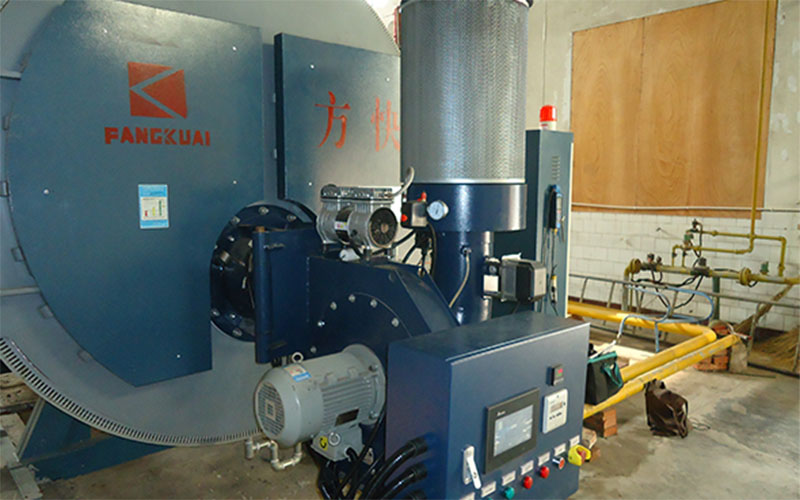Types and applications of pressure-free boilers
Pressure-free boiler is widely used in China. Compared with pressure boiler, it has the advantages of safety and low explosion risk.

This is because the top of the unpressurized boiler goes straight to the atmosphere and does not bear the static pressure of the water column of the heating system, which can also be understood as an "open hot water tank".
There are three obvious advantages of pressure-free boilers, mainly:
1, the operation is absolutely safe and reliable. The biggest advantage of pressure-free boiler is that it does not bear pressure and does not have any explosion danger.
And 2, saving steel and simplifying the process. The non-pressure boiler is not high in material requirement, and the other is the common carbon steel material which is relatively cheap in addition to the furnace, and the welding process can meet the strength requirement by adopting the fillet welding seam, thereby saving the welding material and simplifying the process.
3. It is well known that the main scale of boiler is sulfate and silicate. These two types of scale precipitate with the continuous evaporation and solubility of water and precipitate after reaching a certain degree (saturated concentration). The water temperature of pressure-free boiler is kept at about 95 �� all the year round, which can not reach the limit of saturation temperature, and the scale is not easy to form. Therefore, the pressure-free boiler also has the advantage of not easy scaling, which can save unnecessary water treatment equipment.
However, this is not to say that the non-pressure boiler does not have to pay special attention to the operation of the boiler, and in contrast, the non-pressure boiler will pay attention to many details during operation.
1. Water supply of the system
The heating system shall be provided with a high-level bearing box, which is located at the high point of the system, the rain system is connected with the water return pipe, the water pressure of the running water is supplied into the system, the system is discharged normally, so that the system can make water, and after the high-level water tank overflows, the water pump is started to be circulated, and the water is replenished again. Until the system is full of water.
2, check the enable valve before running
First of all, open the boiler inlet and outlet valve, open the circulating water pump, make the circulation flow in the system, in order to check whether the automatic opening and closing valve is sensitive. Then the circulating water pump stops running for 1 to 2 hours, and pays attention to observing the water level of the boiler.
If the boiler water level rises rapidly after pump shutdown, it indicates that the automatic opening and closing valve leakage is serious and needs to be repaired or replaced in time.
When the automatic opening and closing valve fails or the leakage is serious, the automatic opening and closing valve can not be ignited.
3. Boiler shutdown
When the boiler is shut down, the operation of the combustion equipment is the same as that of the pressure-bearing boiler, but it is not limited by the requirement that the boiler water temperature reaches below 50��. In case of severe water stroke caused by vaporization during shutdown, boiler make-up pipe can be used to supplement water, and the overflow pipe discharges water to reduce furnace temperature and attenuate vaporization.

